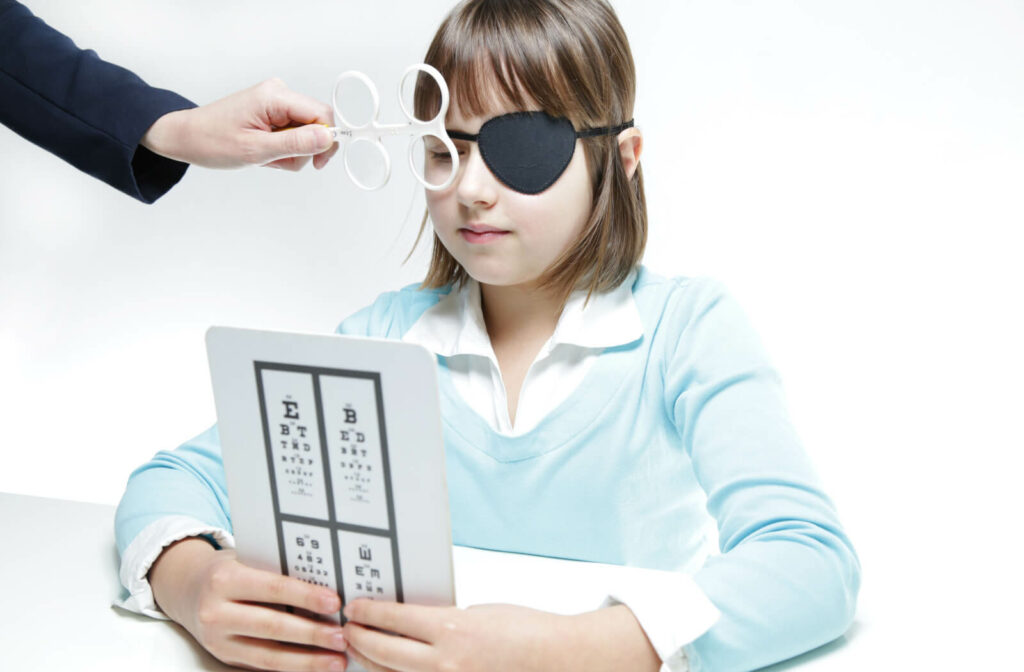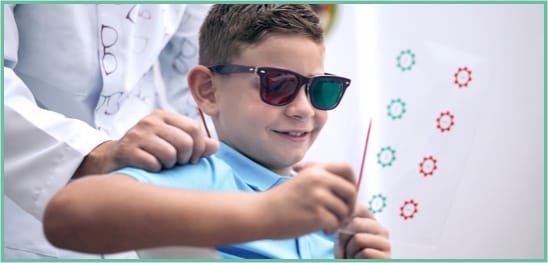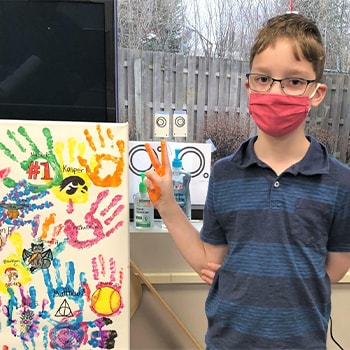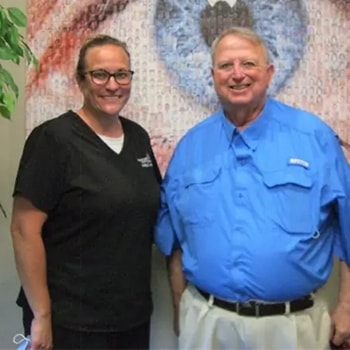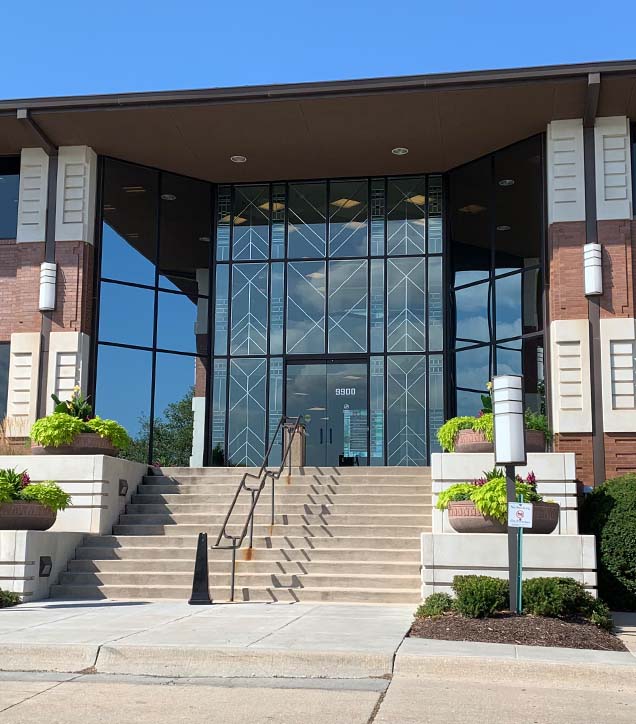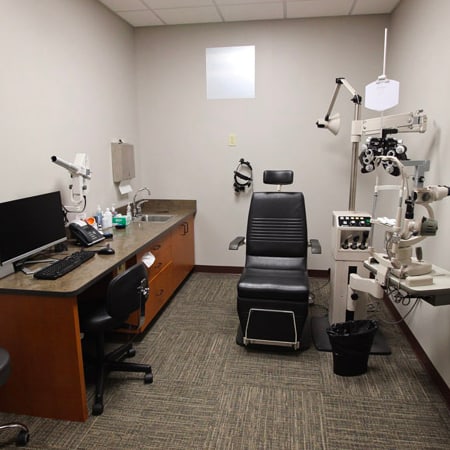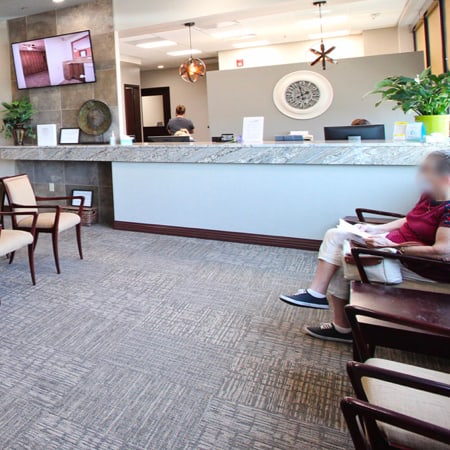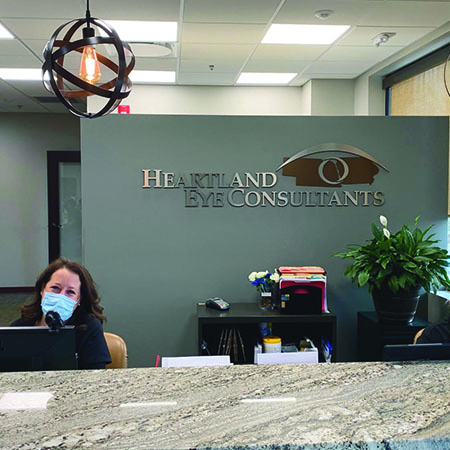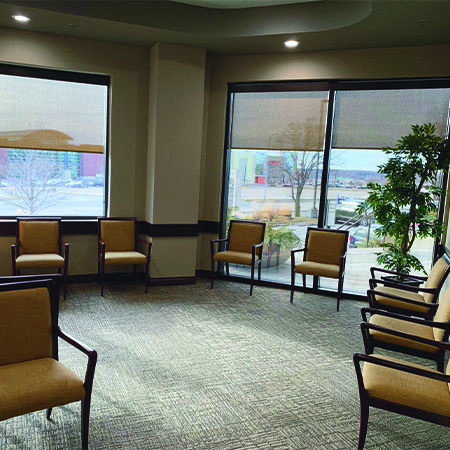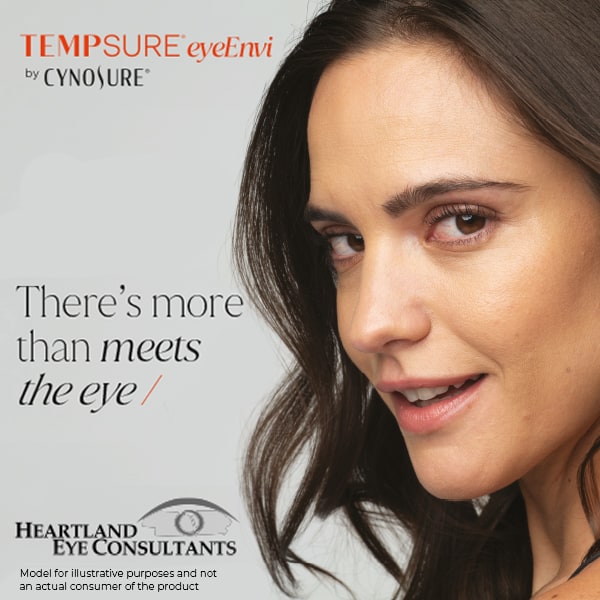Vision therapy is a type of physical therapy focusing on the eyes and the visual system. It’s a non-surgical program effective in addressing a wide range of vision problems, including convergence insufficiency, amblyopia, strabismus, and others.
Vision is more than seeing 20/20 on an eye chart, and a vision problem can impact your daily life in more ways than expected. For children, a vision disorder can lead to difficulty learning in school. However, under the guidance of qualified vision therapists, vision therapy teaches the eyes and brain to work together more effectively. You can achieve this through exercises and activities designed to improve eye movement, eye teaming, and focusing efficiency.
The Benefits of Improved Vision
While glasses and contact lenses can improve sight, they don’t address underlying vision problems. Vision therapy, on the other hand, can help improve these problems, leading to long-term improvements.
A key benefit of vision therapy is that it can be customized to meet each patient’s specific needs. A vision therapist will work with you or your child to identify particular vision problems and develop a treatment plan tailored to your unique needs.
In addition to treating specific vision problems, vision therapy can help improve overall visual skills. These skills include hand-eye coordination, visual memory, and visual processing speed. This can be particularly beneficial for athletes, students, and anyone who relies heavily on their vision for work or daily activities.
Vision Therapy for Convergence Insufficiency
Convergence insufficiency (CI) is a common vision problem in which the eyes have difficulty working together when focusing on close objects. Notably, this isn’t due to “weak eye muscles.” Instead, it’s an eye-teaming issue resulting from your brain not sending the proper signals to your eyes. This can result in a variety of symptoms, such as:
- Eye strain
- Headaches
- Double vision
- Blurred vision
- Difficulty reading or doing close work.
Because our brain is designed to function with two eyes working together, untreated CI may progress to the point that the vision from one eye is suppressed. This reduced vision can significantly impact depth perception and binocular (two-eyed) vision. This is why vision therapy focuses on helping your brain relearn how to use both eyes.
Vision therapy for CI involves activities designed to improve the eyes’ ability to work together. A study funded by the National Eye Institute found that the best treatment was in-office vision therapy paired with home exercises. 75% of children saw improvement after 12 weeks of supervised therapy.
Vision therapy utilizes modern and evidence-based treatments under the supervision of a qualified specialist. For example, these treatments may include prism glasses, which help align the eyes during exercises and train your brain to control your vision.

Vision Therapy for Amblyopia
Amblyopia, also known as “lazy eye,” is a vision condition where the brain can’t recognize the image from one eye. Because of this, the brain relies more and more on the stronger eye while the weaker eye worsens. In time, this could lead to total vision loss in the weaker eye.
A few eye conditions can lead to amblyopia. If each eye has a different prescription, your brain may try to compensate by relying solely on the stronger eye. The brain is very good at this, too, and your child may not realize they have a weaker eye until it begins to affect their binocular vision.
Strabismus (crossed eyes) may also eventually lead to amblyopia. Since one eye is turned, your brain once again compensates and focuses on the stronger eye. Amblyopia could also happen if, in a rare case, your child develops cataracts.
The goal of vision therapy for amblyopia is to strengthen the connections between the eye and brain, motivating the brain to use the weaker eye. Because of this, the earlier your child starts treatment, the more effective the treatment will be. However, you can still benefit from vision therapy for amblyopia even into adulthood.
Vision Therapy for Strabismus
Strabismus, also known as “crossed eyes” or “turned eye,” refers to a condition where your eyes don’t align properly. This turn could be in any direction, and it can happen occasionally or constantly. It typically develops in a child before age 3 but can also result from a stroke or head injury.
Crossed eyes can happen when the six muscles that control eye movement don’t work together correctly, such as when there’s a nerve problem. As a result, one eye may point in a different direction than the other eye.
Depending on the severity, symptoms of strabismus can include:
- Misaligned eyes, or eyes that don’t move together
- Problems with depth perception
- Double vision
- Excessive blinking or squinting, most notably in sunlight
- Tilting your head to see
While some believe children will grow out of strabismus, this isn’t true. However, early detection and treatment in children typically have excellent results. This is why you should ensure your child has their first eye exam around 6 months and another between 3–5 years old.
Vision therapy for strabismus focuses on improving eye movement, focusing, and teaming to reinforce the eye-brain connection. Even if your strabismus was untreated or caused by trauma, vision therapy can be an effective treatment method for adults.
Vision Therapy for Other Conditions
In addition to convergence insufficiency, amblyopia, and strabismus, vision therapy may be an effective treatment for a variety of conditions, such as:
- Saccadic dysfunction (eye tracking)
- Learning-related vision problems
- Sports vision training
- Traumatic brain injury
- Eye strain
Vision Therapy for Adults & Children
Whatever vision problem you’re living with, Heartland Eye Consultants is ready to develop a treatment program for just you. Child or adult, everyone deserves to see clearly, and we’re proud to share our patient’s success stories.
If your vision isn’t all you want it to be, contact our team. We’ll evaluate your or your child’s vision needs and develop a personalized vision treatment plan.


